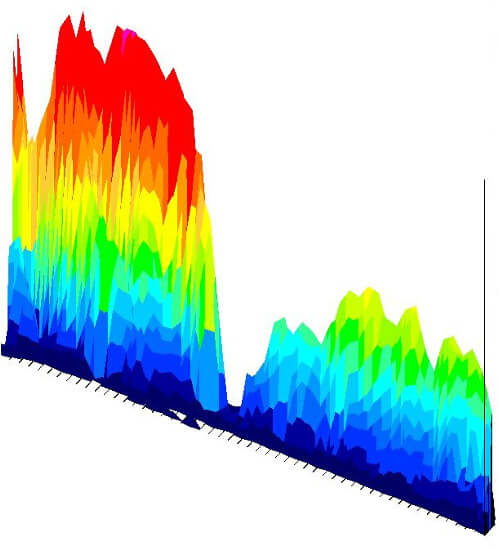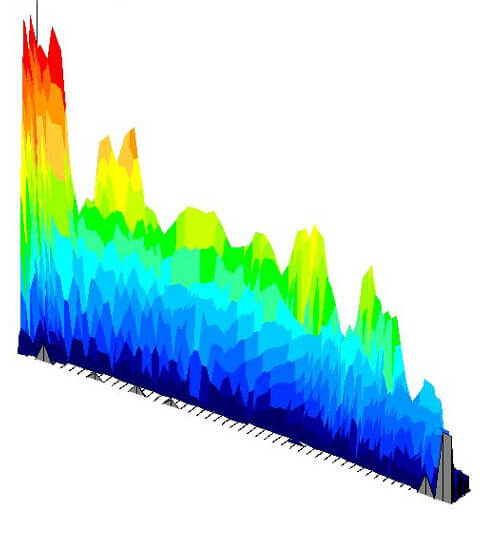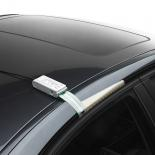Automotive Door Pressure
Wind, noise, and water leaks in a new vehicle can be a significant source of customer dissatisfaction, create a perception of poor quality, and cause warranty expenses. Proper adjustment of hinges and door latches while the car is in the factory and the doors are being mounted can eliminate these problems.
Challenge
Vehicle assembly technicians have had to guess about where to position the hinges and latches. To measure the pressure of the door seal, technicians would slide a piece of paper between the body and the weather strip to feel the amount of pull in different locations.
Solution
With the I-Scan™ pressure mapping system, assembly technicians now have an electronic "feeler" gauge that measures contact pressure while also acting as a direct feedback mechanism. Technicians can use the gauge to help them optimize seal pressure and deflection around the door frame.
The I-Scan system is an intuitive, visual feedback tool that easily measures and displays door seal pressures. The system enables the technician to immediately see how the door seal force changes as adjustments are made to the door latches and hinges as the door is mounted. Having a tight door seal reduces air leaks and wind noise in the passenger compartment and helps eliminate water leaks.
 Figure 1. Door seal pressure output before adjustments Figure 1. Door seal pressure output before adjustments |
 Figure 2. Door seal pressure output after adjustments Figure 2. Door seal pressure output after adjustments |
In the study above, about the same total force is applied to two different door seal designs. The 3D pressure display given by the I-Scan, with a 6300 sensor, shows a problem in Figure 1. The valley in the middle indicates a weak spot in this seal, which represents a leakage path for air or water, compared to Figure 2, which has a lower preak pressure, but a more even pressure distribution, making it the more effective seal design.
Door Seal Pressure Measurement Applications
-
Locate:
- Gaps in seals
- Weak seals
- Low or high pressure regions
- Adjust door hinge and latch
- Measure door closure forces
- Reduce high pressures near weld beads
- Increase low pressures at spot-weld dimples
- Validation testing
- Competitive benchmarking
Benefits of Using I-Scan
- Help reduce window noise
- Eliminate water leaks
- Improve quality
See how Pressure Mapping Technology can help validate a tight seal on a product or device:

